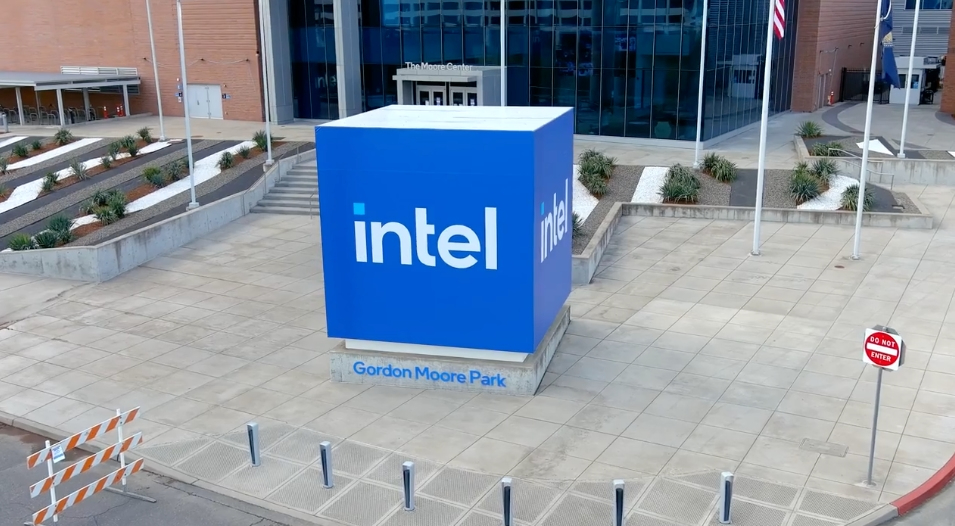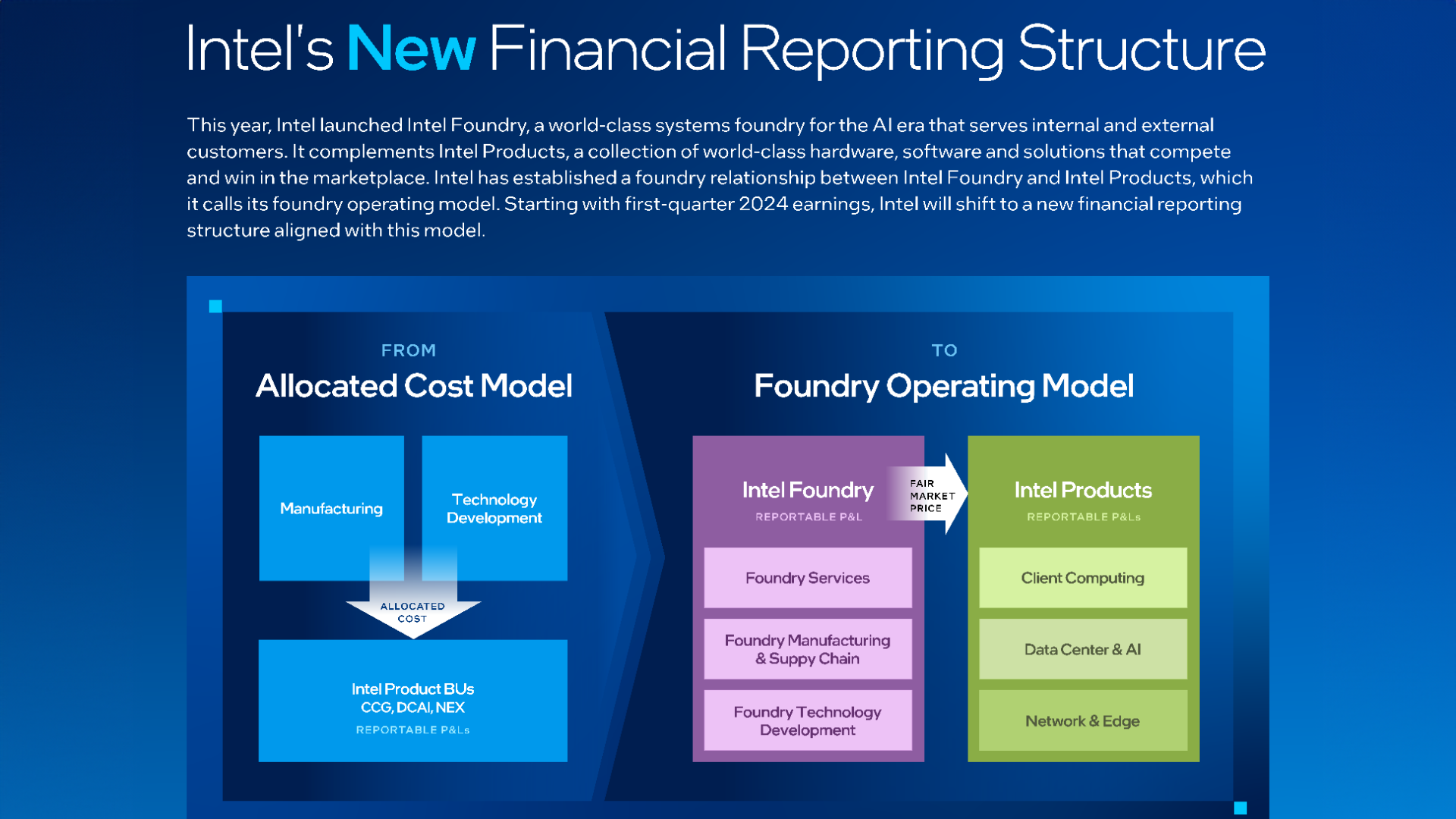
Intel laid off an unspecified number of employees in its Sales and Marketing division and confirmed these findings with CRN. Intel didn't give any specifics, but the company's representative confirmed the layoffs are a part of its restructuring process, which involves a new operating model.
Despite not revealing the specific number of layouts, the company had to reveal that its layoffs affected more than 50 people in a month, as required by the WARN Act. Intel CEO Pat Gelsinger announced in October that he plans to cut spending by $10 billion through 2025.
Regarding the recent layoffs, the company said that its operating losses should peak in 2024 as the company completes its five-nodes-in-four-year plan.
"With the objective of continuing to deliver on company strategy and drive outcomes for its customers, Intel's Sales and Marketing Group announced changes to its organizational structure," said an Intel representative. "We are confident in Intel's future and are committed to supporting all employees through this process, including treating impacted employees with dignity and respect."
What Does Intel Hope to Achieve From This?

The new Foundry operating model divides Intel's business into Intel Foundry and Intel Products, while whole gross profits and margins are divided according to the service and products both divisions represent. With this new financial reporting structure, Intel revealed that it suffered a $7 billion operating loss in its foundry segment last year.
The transition to the new operating model will enable Intel Foundry to become profitable and increase unrealized value by $100 billion. It will also allow efficiency and cost savings, which will benefit the foundry and its products.
Intel Foundry will now operate as an independent chip marketing business and compete with other major players such as TSMC and Samsung. Intel already intends to make chips for Nvidia. Earlier this year, Nvidia selected Intel for its GPU packaging business, which could produce over 300,000 H100 GPUs per month.
With its foundry business, Intel intends to target 40% gross margins and 30% operating margins by the end of 2030.







